Cultural leader Masequa Myers is a creative force. The Executive Director of the South Side Community Art Center since 2014 has more than 30 years of theatre, arts administration, media, communications, and project development experiences.
Born in 1953 in Birmingham, Alabama, Myers attended Cook Elementary School and graduated from Calumet High School in 1970 in Chicago. She received her dual A.A. degrees in nursing and theatre in 1974 from Kennedy-King College.
We spoke to her about all that recently.
NDIGO: You have had an amazing career in theater, arts media, communications and the like. What has been your favorite project?
Masequa Myers: Since I have created a career where the vast majority of my projects are identified and selected by myself, it seems literally impossible for me to pick a favorite project unless I attempt to narrow the selections down.
In my early years, I developed the performing and producing company Ajabu Childrens Theatre. Children from the ages of five to 12 learned self-esteem and business through theatre arts and my one-woman show called Quiet Before The Storm that toured the country.
Developing The Summer Performing Arts Academy for the Marla Gibbs Vision Theatre was indeed a high point. More recently, two film projects come to mind: Of Boys and Men starring Angela Bassett and Robert Townsend, where I developed and directed an intern/shadowing program for emerging filmmakers with this production.
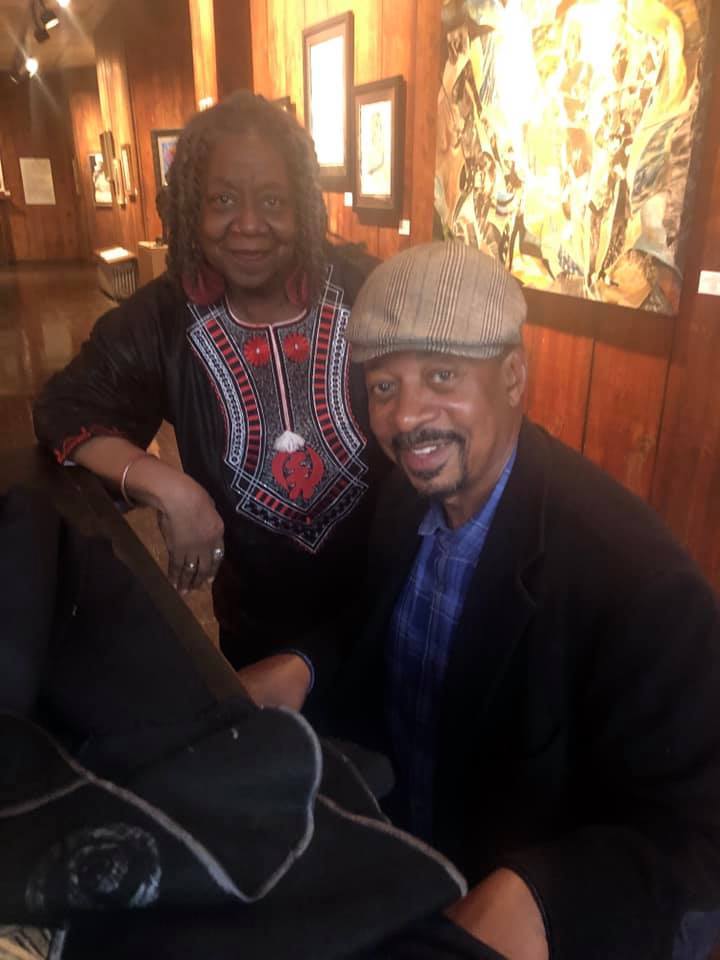
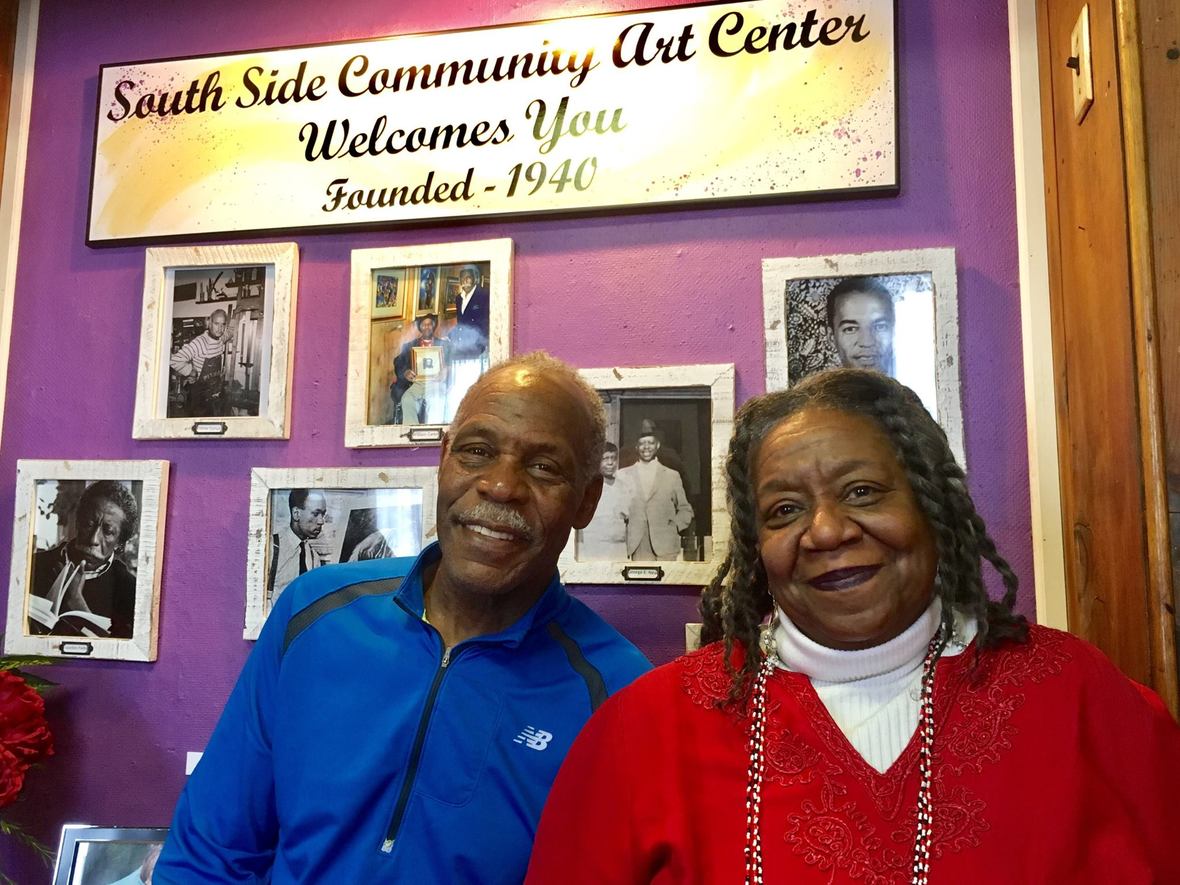
And I directed the groundbreaking documentary 19 And A Day, bringing to the forefront the trauma of how a murder in the Pilsen neighborhood of Chicago brought a family and community together and also showed how the power of a caring community can heal a family. I have worked hard and I am very grateful to have had so many favorite projects, so I will just stop sharing.
You are Executive Director of one of America’s oldest Black cultural centers, The South Side Community Art Center. What are your goals and plans for the center today?
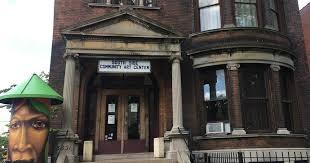

To continue to stay true to bringing vitality to the art center, and to its mission, which is to preserve, conserve and promote the legacy and future of African-American art and artists while educating the community on the value of art and culture.
In addition to securing the two highest historic recognitions from the National Trust for Historic Preservation in 2017 and a listing on the National Register of Historic Places in 2018, a goal for a major restoration of this historic building in over 125 years is underway.
Other goals are to continue to increase visitor attendance, memberships, and our volunteers. To continue to increase and build the board of directors, staff, and offer more programming for the family and young adults. Also, a goal is to implement technology that will bring the center into the 21st Century thriving and not having to “play catch up” in the business side of the art world.
How are the artists selected to exhibit at the Art Center?
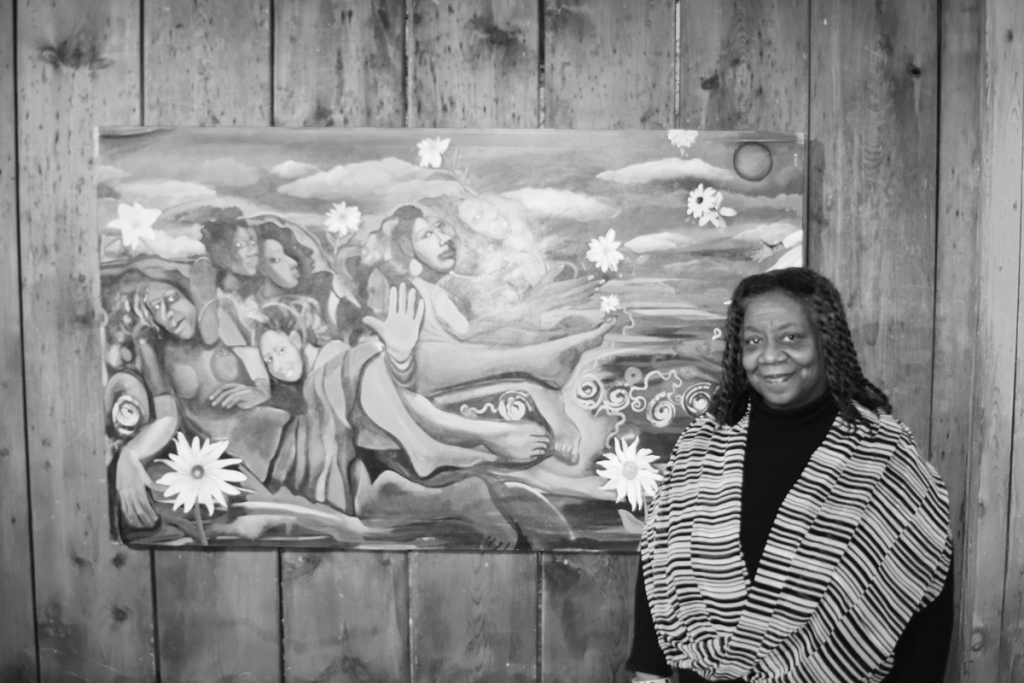
Artists are asked to submit their works through a media open call during our annual exhibition season. Also, artists are asked to submit through an application process, which includes images, an overview of the artist’s style, message, goals, and objectives. The information submitted by the artists is seen by the Executive Director, Curator, and an exhibition committee that is frequently updated/refreshed.
You and your husband, Pemon Rami, have been committed to artistic expression and development of youth; how did such a commitment come about?
I cannot speak for my husband, but we both have a strong commitment to youth because we started so young in being in the public eye, before our teenage years.

Adults invested in us and we were blessed enough to have parents that parented and members of the community that invested in us. As a result, we understand the value of our youth – they inherit what we leave behind and if we (adults) don’t purposely commit time to teaching and developing them, there is nothing that should be said about how bad the youth are.
They are as bad as the adults that didn’t take the time to teach them. We live in a community that ultimately makes up our society, so we must invest.
What do you find is the most pressing issue for Chicago teens?
Our Chicago teens need what all teens need and that is to be shown genuine love, a concern for safety, and an education that includes the good and greatness of the African and African-American contributions to America and the world. They need the creation of programs that constructively engage them with the guidance of responsible adults that will help them envision hope for the future.
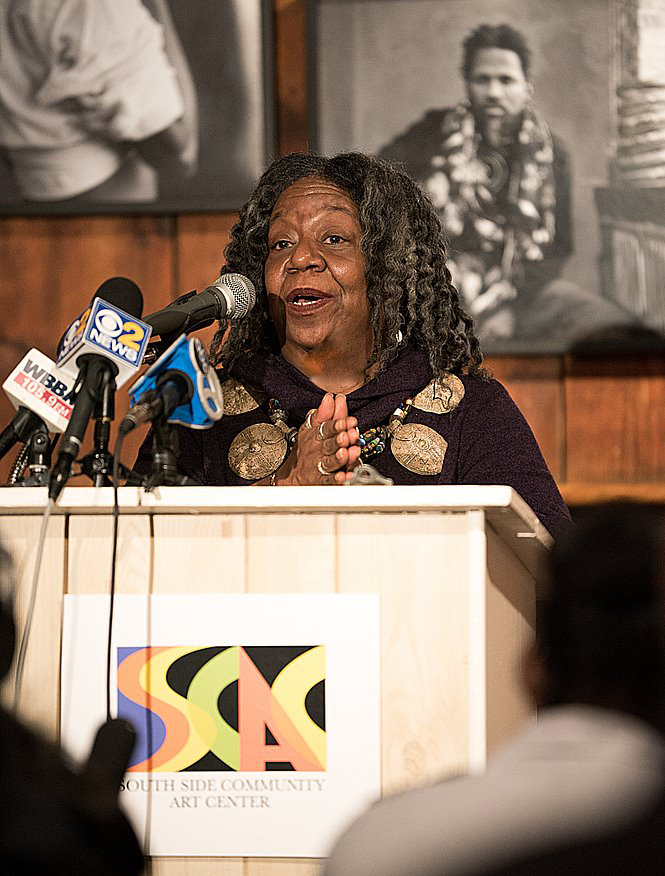
Who are your mentors and what did they teach you?
My mentors are close to home. My first mentors were my parents. I am quoting and reflecting on my parents’ teachings constantly as it relates to how I “walk through life” daily. My husband, as it relates to the arts and entertainment industry, is also one of my mentors.
These three individuals have been my constant influencers that taught me the importance of pushing pass stereotypical boundaries, the importance of believing in yourself, and not allowing anyone to take advantage of you. Awesome lessons.
You are busy and you have a busy, creative husband. How have you balanced life as a wife and professional woman?
Well, it’s much easier for me these days than when the children were young and I was in the phase of what I call “day to day” parenting. But I will say that it’s still a grind from before the sun rises until after the sun sets, even now.
What I had to do, early, was to compartmentalize my personal life as well as my professional life. Put them on separate tracks, so to speak. As much as possible, those lines do not cross and making my family life as important as my professional life was crucial.
I find that even though I strive for balance, understanding how to prioritize based on circumstances is just as importance as striving for balance, so being flexible is a plus.
What’s your favorite movie?
Ghost. It was released the year my father passed away and the way the movie addressed the ability to communicate with the spirit world spoke to me so directly. Plus it has an excellent cast and the movie really balances humor and raw emotions quite well.
What would you most like to do that you haven’t done?
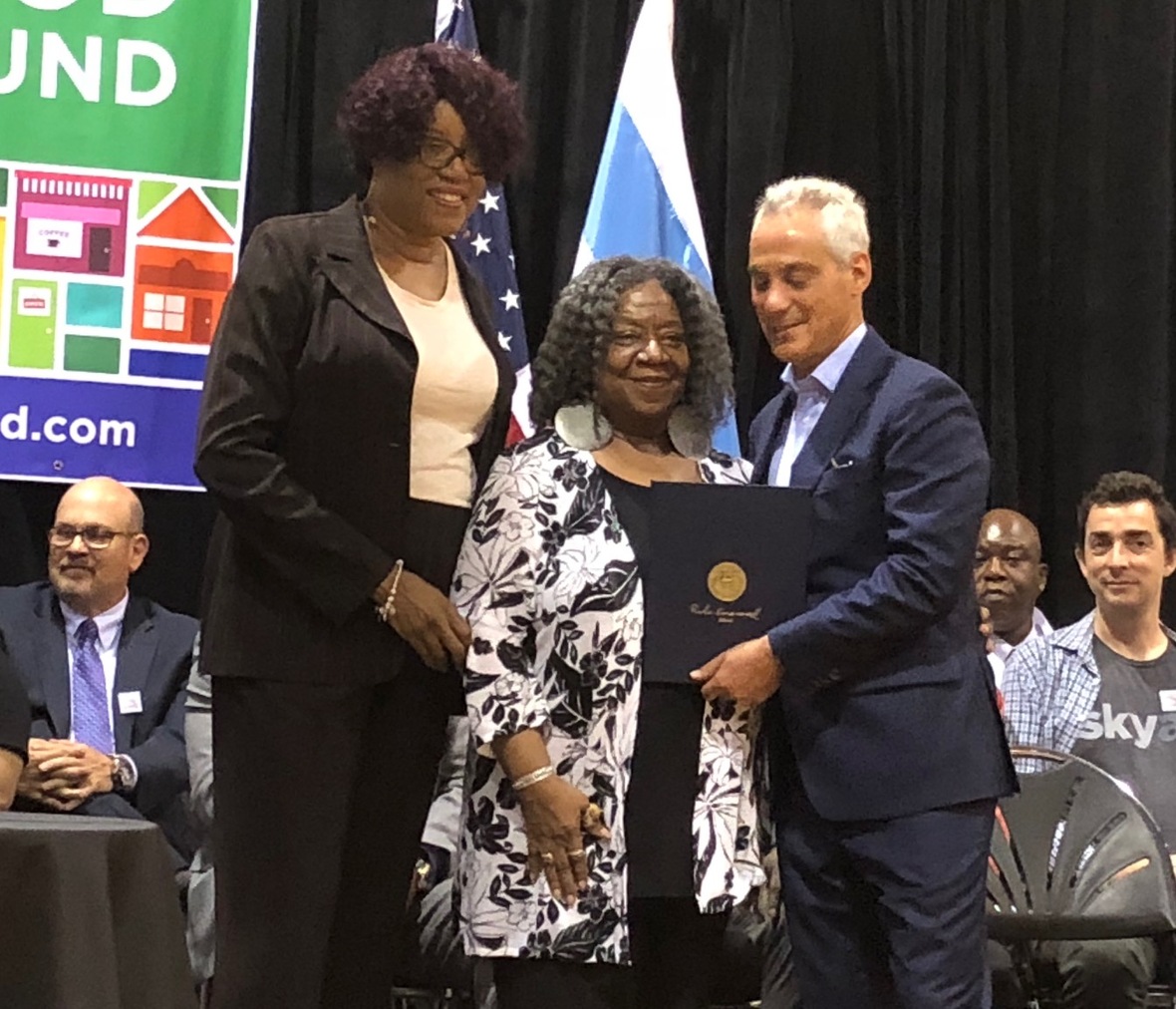
This is the easiest of questions: drive a racecar! My world travels are extensive. I love my family. I have been awarded and appreciated often in my career. Racecar driving is the only activity I am totally looking forward to accomplishing, and very soon!
What could Chicago’s cultural community do better?
No surprises about what the Chicago cultural community can do better and that is intentionally and consistently come together and develop a plan on how to support and help re-build cultural institutions on all sides of the city so that the once flourishing art institutions on the South Side can return and serve communities that are not being included.
So many African-American theatres and other businesses have re-located outside of the African-American community to the North Side. No problem…however, we must find it important to take another stand and re-build our cultural significance all over the city.
I always say that everyone has a right to preserve and share their culture, and African Americans for sure must not lose our inclusion in the fabric of the arts movements in Chicago and the nation.
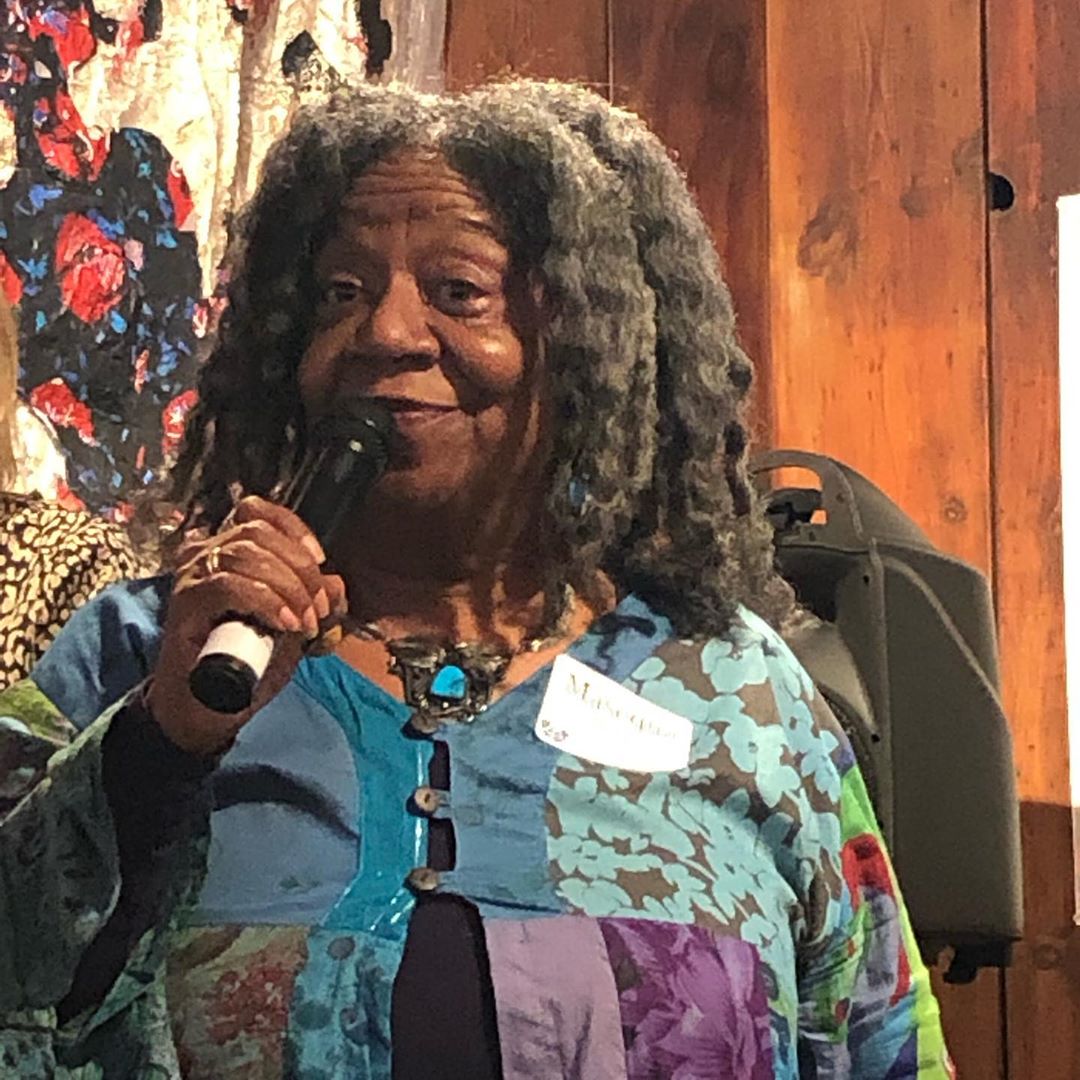


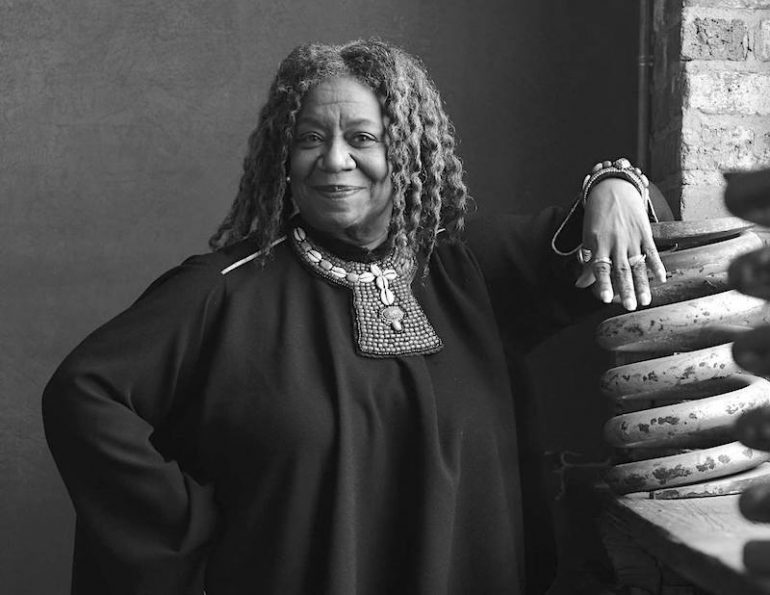

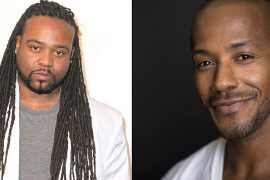
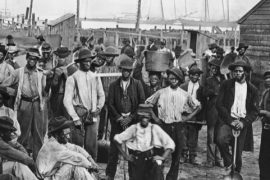


Masequa is a gem. A blessing for what she has accomplished at the South Side Community Art Center. A beautiful woman to know.